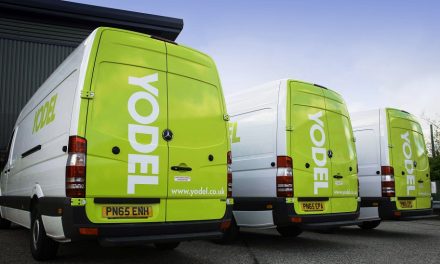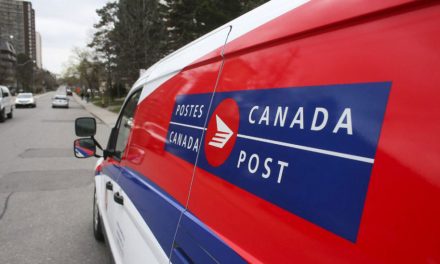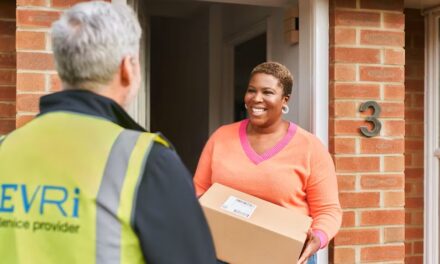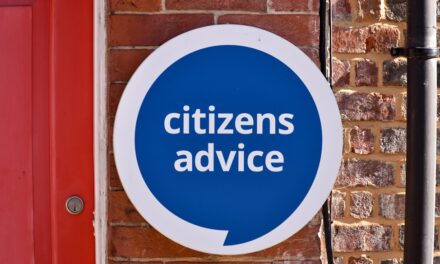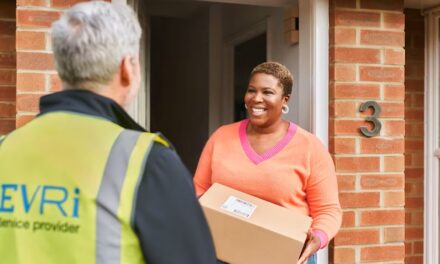
Tackling big picture sustainability challenges with bpost, Correos, Evri & PedalMe
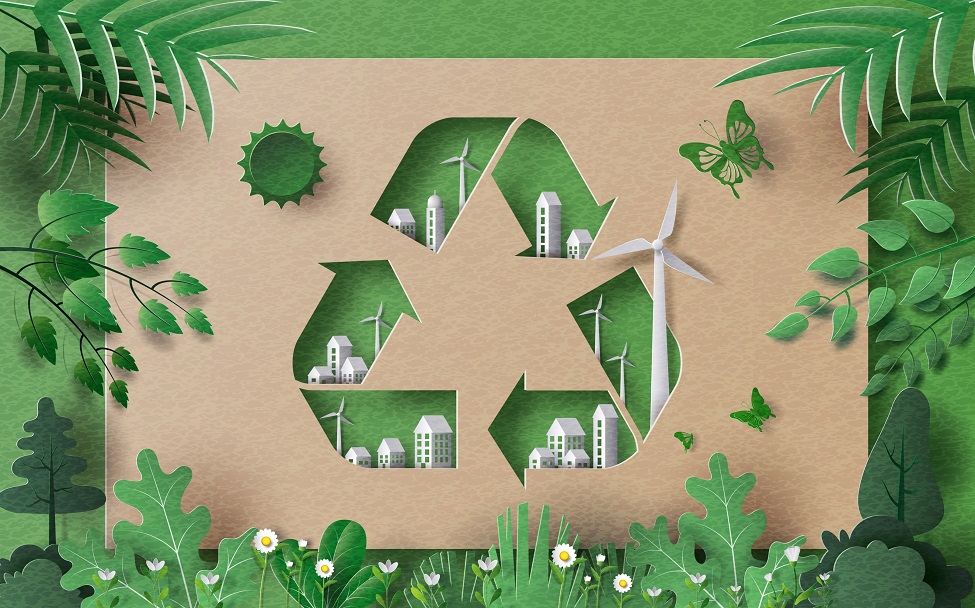
The stakes are high: “This is the seminal issue of our time – and the most important thing we can all be working on”, says Doddle CRO Mike Richmond, introducing Doddle’s latest webinar ‘Deep Dive: Sustainable Delivery with bpost, Correos, Evri & PedalMe’.
Sitting down with four leaders in logistics to discuss sustainability in the last mile, they take a deeper look at the big strategic decisions, the challenges of cost and growth, and the roles carriers need to take to future-proof their businesses and become genuinely sustainable.
Moving from consumer-first to planet-first
Recent Doddle research revealed that sustainability in the last mile is worse than ever. Despite green initiatives and progress towards electrification, the sheer growth of parcel volume has counteracted efforts, generating more emissions overall.
Elena Fernández Rodríguez, Deputy Director of International Affairs & Sustainability at Correos, told us that to tackle sustainability, we need to look at the big picture and think about the system as a whole. Carriers and posts are stuck between a need to satisfy consumer needs for fast, convenient delivery and societal needs to become more environmentally conscious and sustainable. The two approaches don’t always work in tandem. By placing the consumer first with next-day home delivery, sustainability takes a backseat.
“We need to switch to a society- or planet-centric strategy because otherwise, we’re going towards a bad future” – Elena Fernández Rodríguez
The cost of sustainable growth
Making sustainable progress and changes in the last mile don’t come without a cost. Whether carriers are focusing on vehicle electrification, building an out-of-home network or micro-fulfilment depots – investment is needed. However, as Elena pointed out, consumers aren’t prepared to pick up the costs, as 42% of customers will not pay extra for more sustainable delivery options.
Henry Cartwright, Head of Transformation at Evri, agreed that charging higher costs for sustainable delivery options isn’t a likely option for carriers. In part, this is because using more sustainable options such as out-of-home (OOH) delivery increases consolidation for carriers, and thus retailers would expect the delivery to be a cheaper cost overall.
“It’s hard to command a price position for sustainability” – Henry Cartwright
Ben Knowles, CEO of PedalMe, provided an alternative viewpoint of sustainable delivery. By using bikes in its London-based courier business, PedalMe is using 90% less CO2 than if its employees drove vans. That choice of vehicle wasn’t just to promote the company as a green delivery service, however – it also made sense from an efficiency standpoint.
London has a complex road network, heavy traffic congestion and congestion and emissions-based charges in the city centre. Drivers would have to pay a fee based on how much pollution their vehicle emitted, but by using bikes PedalMe works around many of these issues more easily than vans can saving time and money. Bikes can use cycle lanes and are able to complete deliveries and run their routes faster than vans, while costing far less to operate. In this case, sustainable delivery is just good business sense.
Kris De Schepper, VP of Sales at bpost, noted that this situation is very localised. Bikes can improve efficiency and cost in complex cities, but in other locations, wouldn’t be able to compete with the capacity and speed of vans.
However, there are plenty of savings from electric vehicles and OOH options. In the Mechelen ecozone, an initiative to create emission-free deliveries through the entire city, increased consolidation from OOH points and route optimisation meant that bpost were delivering at the same cost as any other city.
“Delivering in Mechelen, 100% without emission, is not costing us any more than it did before” – Kris De Schepper
Henry also added to this point, stating that sustainable delivery will save money compared to charges from low emission zones and help future-proof and protect companies from potential incoming charges or taxes, such as increased regulation on diesel.
In the long run, sustainable delivery will be more cost-efficient. However, two challenges stand in the way. The first is convincing consumers to adopt sustainable delivery options, and the second is to make savings elsewhere now to offset the initial investment.
Changing consumer behaviour to reinforce sustainable habits
“We are giving customers everything they want. But everything they want isn’t good for the environment” – Elena Fernández Rodríguez
Sustainable delivery is still very much in its infancy. Official regulation remains largely limited to local low emission zones, and although there is growing pressure from clients and consumers to deliver sustainably, there is no standard way of measuring the sustainability impacts of specific interventions, be they electrification or alternative delivery methods. Despite the increasing demand from retailers for sustainable delivery, there’s also a lack of initiative for getting consumers to select sustainable options at checkout.
More research needs to be conducted into the savings and impact that offerings like OOH delivery can have, so this information can be passed on to the consumer to make them aware of the consequences of their choices.
One solution, Elena proposed, could be to add carbon taxes to delivery costs. If consumers choose deliveries that produce more emissions, they will have to pay a higher rate of tax to offset this cost. Avoiding this cost would be a great incentive to pick alternative options, although it would likely come at the cost of backlash from shoppers.
The truth is that most consumers, most of the time, prefer the convenience and speed of home deliveries, which are typically powered by diesel vans. Most would be unlikely to pay much more for a service that was once often free, and almost always inexpensive. Elena revealed that 51% of consumers prefer home delivery in the Spanish market. Driving more volume into OOH increases sustainability through consolidated journeys. However, there’s never going to be a point where that’s the only option on the table – home delivery will always factor into the equation as no carrier would be brave enough to only offer OOH as a solution.
No matter which route carriers take, sustainable delivery adoption will take time and education. Kris explained that us that in the Mechelen ecozone, where PUDO locations were placed at a ‘slipper distance’ (around 500m) from consumers in a 100% emission-free zone, out-of-home adoption was 5% higher than in other regions. This fractional increase is just a starting point, to be sure, but it remains relatively early days in the ecozone experiment, and the phenomenal success of reducing delivery emissions to zero is a remarkable achievement for bpost.
To achieve sustainability in the last mile for the long term, there’s a lot of work required to educate consumers. Carriers also need to educate policymakers and politicians at national and local levels about their services and the ways in which they are willing and ready to become more sustainable. Collaborating proactively will be a better way to handle the sustainability challenge than being regulated top-down, and one or the other is surely inevitable eventually. Through collaboration, carriers can seek mutually beneficial arrangements like dedicated dropping-off parking, local government support for parcel locker installations, or better traffic management – all of which benefit communities at the same time as making deliveries more sustainable and manageable.
Quotes are taken from Doddle’s webinar, ‘Deep Dive: Sustainable Delivery with bpost, Correos, Evri & PedalMe’

